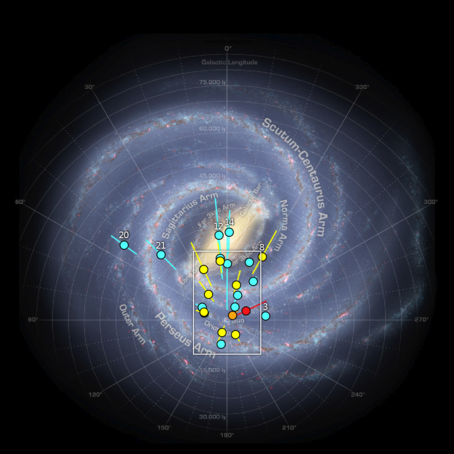Our group carries out frontline research on observational astrophyics. In particular, we study black holes across the electromagnetic spectrum, the formation and growth. For this, we use frontline photometric and astrometric surveys to find new and hidden black holes, and study how they are growing. We also focus on rapid time-domain studies at multiple wavelengths, including sub-second transients and variables in the night sky.

Come join our team as a research student working on the frontline of searching for and characterising black hole binaries in the Milky Way. We have a 3.5-year PhD position open (deadline 2026 Jan 06). If you have an interest in learning about, and leading, black hole research, we would love to hear from you.

Space harbours more hidden supermassive black holes than first thought.